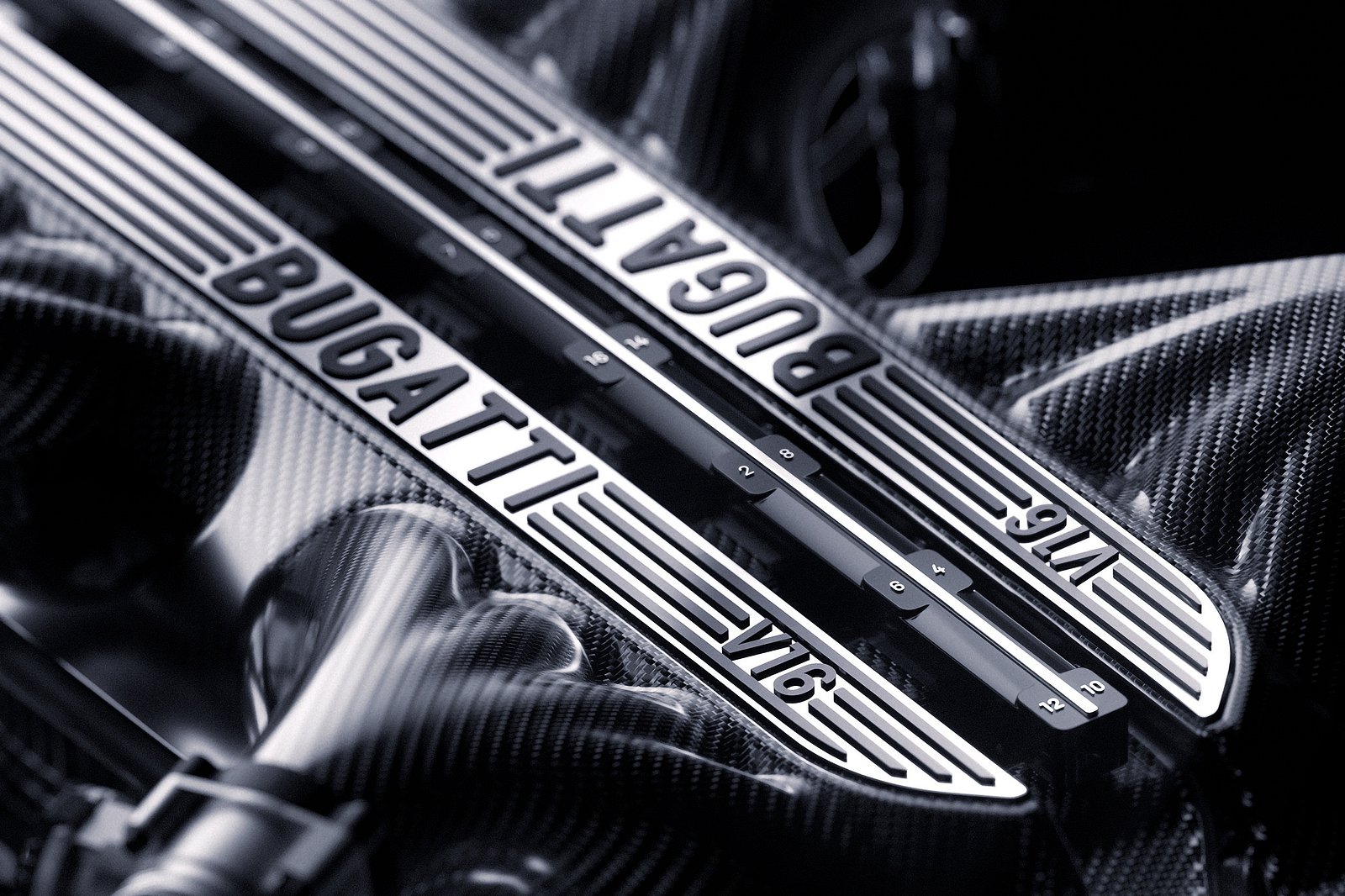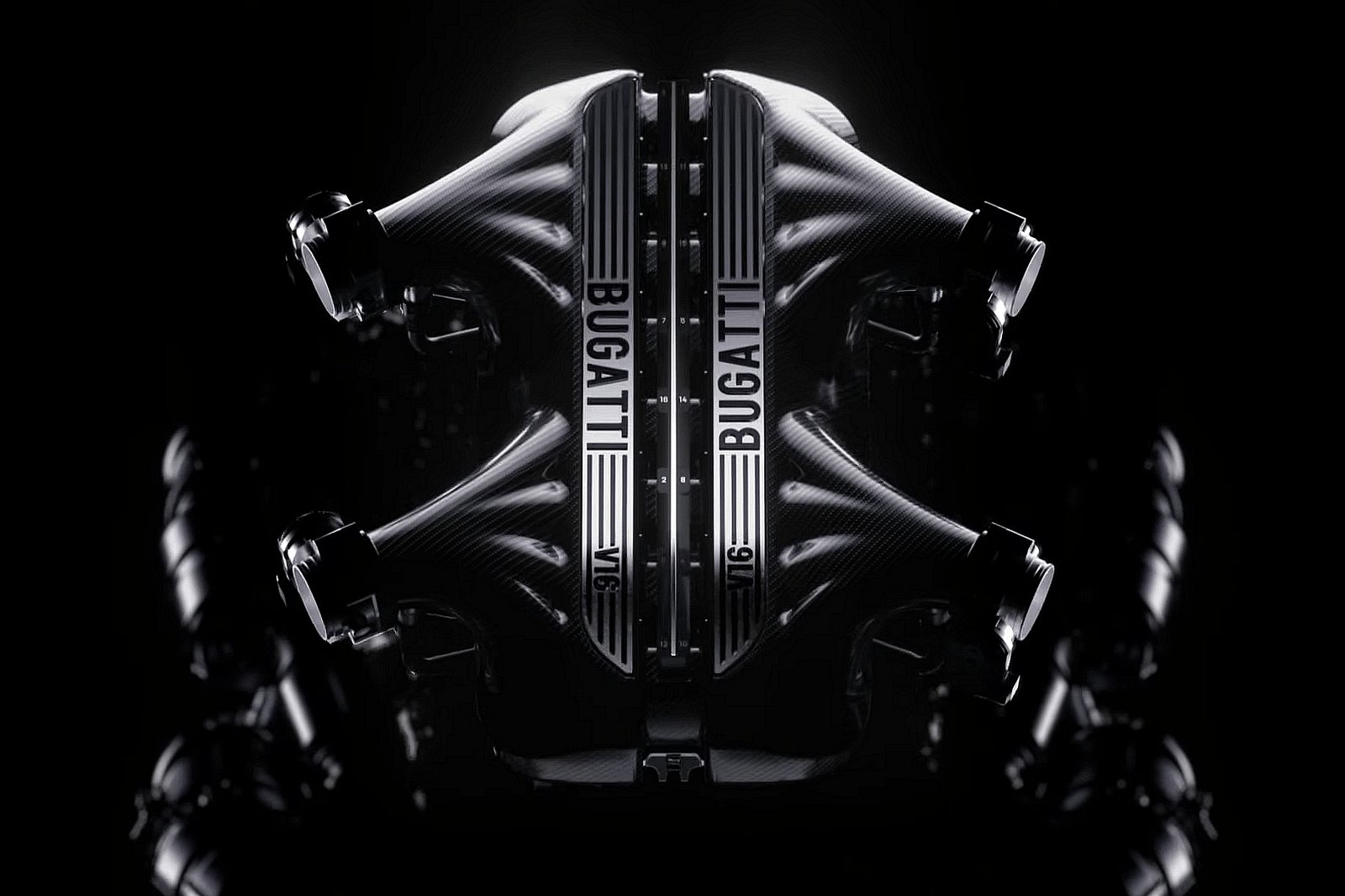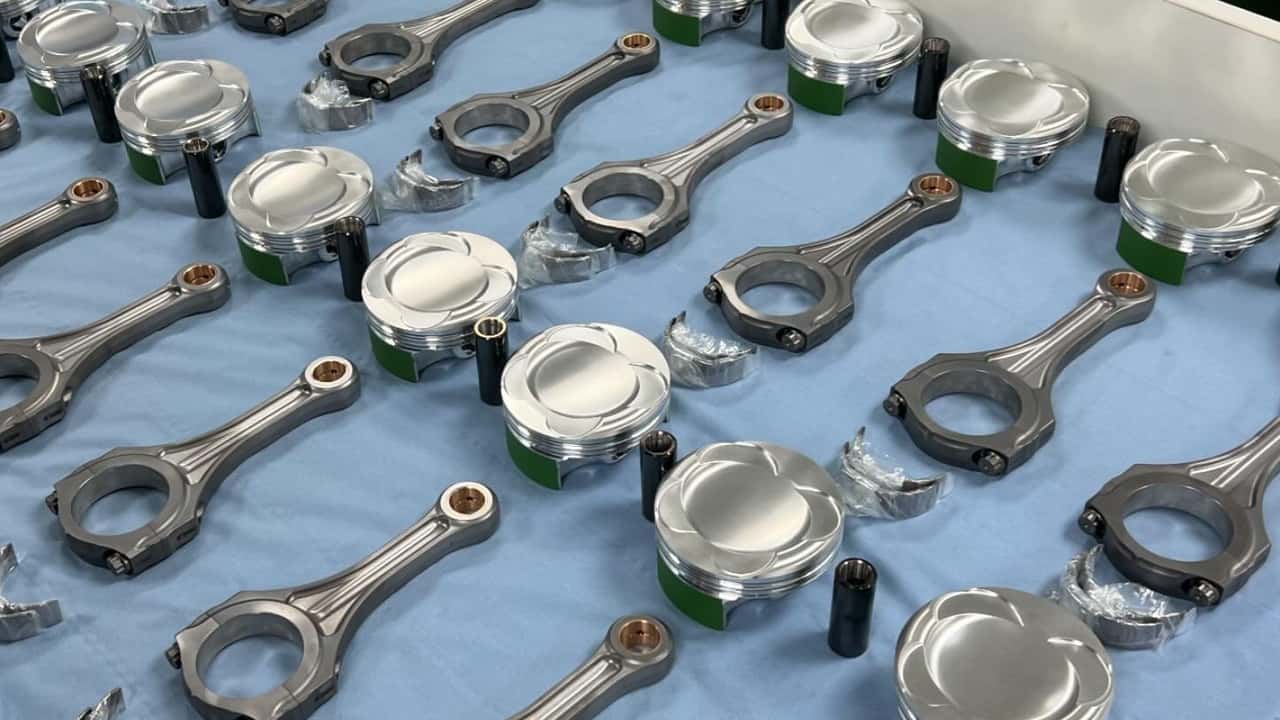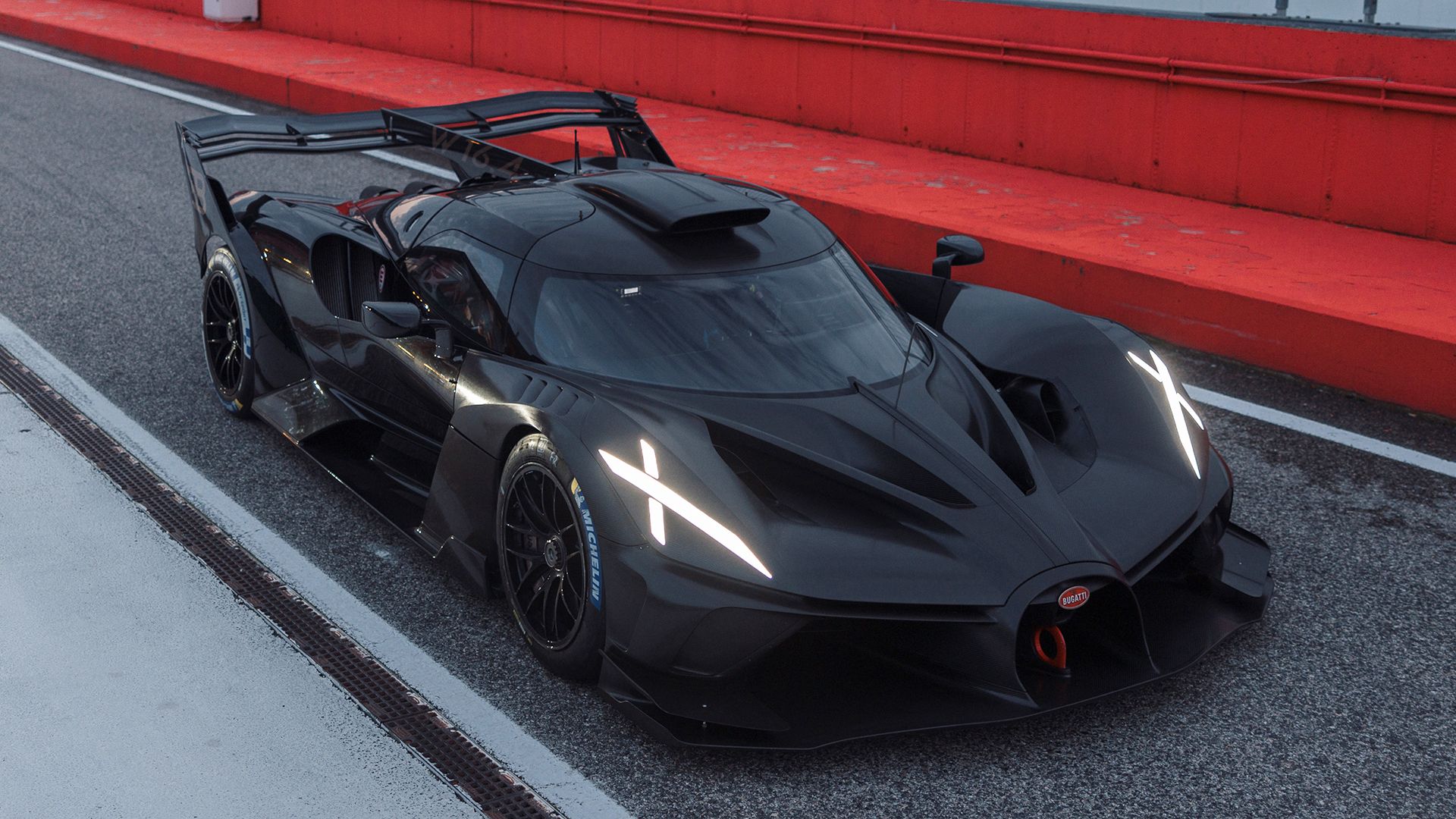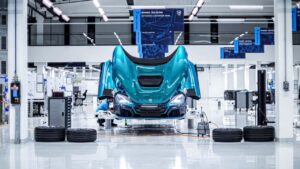Customers get early peek at new V16 hypercar months before public unveil.
On Instagram, the witty CEO of Buggati-Rimac, Mate Rimac, shared a brief but amusing post giving viewers a first glimpse of the successor to the iconic Bugatti Chiron. While little is officially confirmed about the highly anticipated hypercar, it has been revealed that it will feature a naturally aspirated V16 engine with electric support. The teaser also hints that the distinct C-line along the profile will have a more prominent placement than ever before. Based on this hint, it can be speculated that the doors will only open vertically. Of course, this is all just guessing, so let’s delve into some other speculations that have been making rounds.
Mate Rimac, founder and CEO of the company Rimac Automobili, has been making waves in the automotive industry with his innovative electric sports cars. From a young age, Rimac was passionate about cars and dreamed of creating something unique and powerful. Today, he is living that dream and has become a leader in the world of electric vehicles.Rimac’s journey to success began when he was just a teenager tinkering with old cars in his garage. He quickly gained knowledge and skills in mechanics and engineering, and this passion drove him to pursue a career in the automotive industry. After finishing his studies, Rimac started his own company and dedicated himself to developing high-performance electric cars.His first breakthrough was the creation of the “Green Monster,” an electric BMW that could reach speeds of up to 300 km/h. This caught the attention of the automotive world and established Rimac as a serious player in the industry. Since then, he has continued to push boundaries and has released several models of electric supercars, each one more impressive than the last.Despite his success, Rimac remains humble and constantly strives for improvement. He believes that innovation and progress go hand in hand, and this mindset has led him to create truly remarkable vehicles. His dedication to sustainability has also
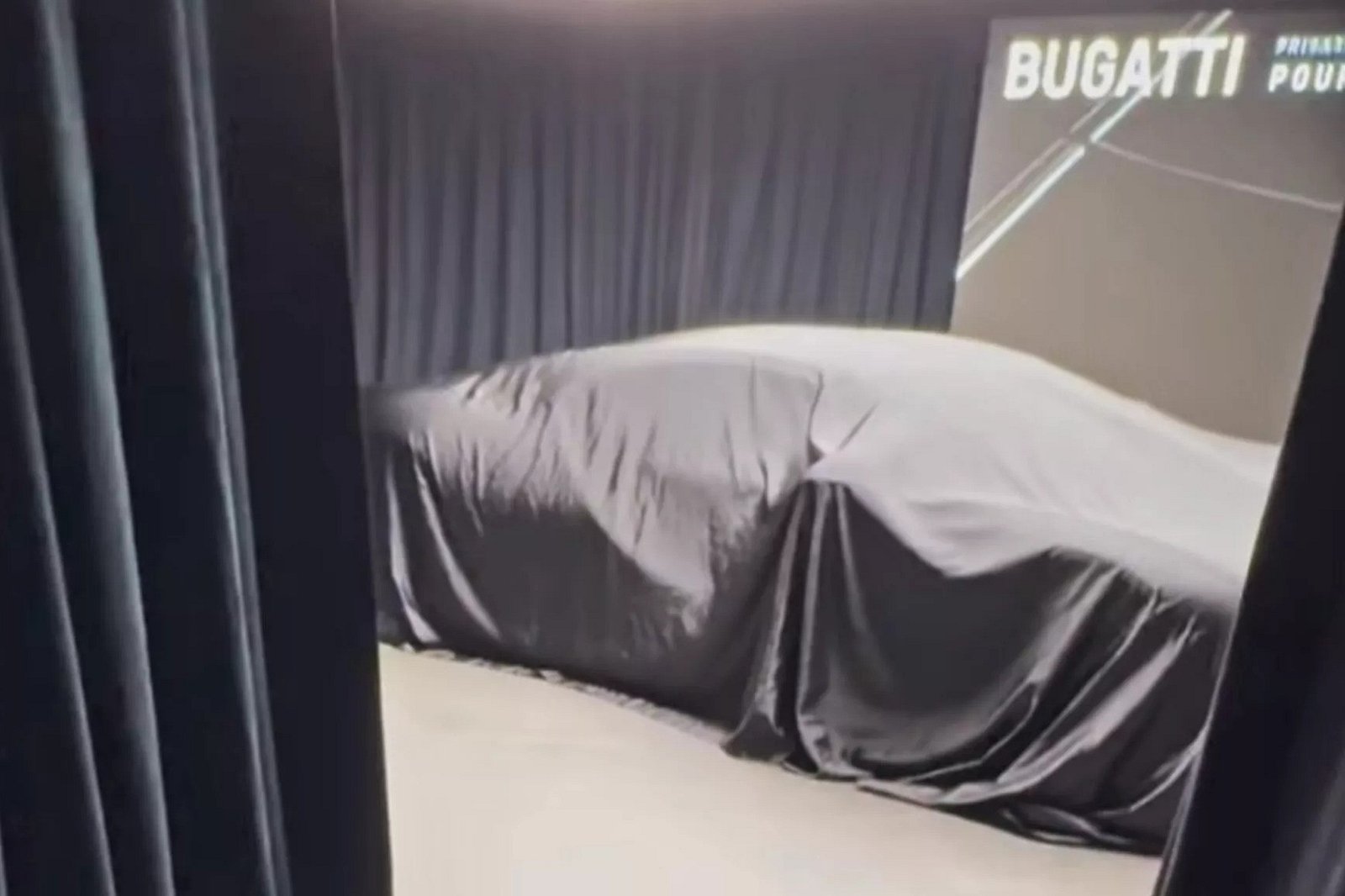
After analyzing Bugatti’s first statement and examining the V16 engine components in the prototype phase shared by Mate Rimac, Jason Fenske from Engineering Explained has speculated that the engine follows a similar, albeit slightly modified structure to Bugatti’s W engine lineup.
In essence, rather than combining two narrow-angle VR6 engines side by side and connecting them with one crankshaft, the V16 is designed with two 90-degree V8 engines in a row, sharing a cross-plane crank. The recent engine sound preview released by Bugatti hints at the possibility of four individual throttle bodies, implying that the use of turbocharging has been abandoned.
Cosworth is known for creating top-of-the-line naturally aspirated engines, and speculation has it that they have been working on a hidden project – an 8.3-liter, 1,000-horsepower masterpiece with a redline of over 9,000 rpm. The word on the street is that this engine may be their greatest achievement yet.
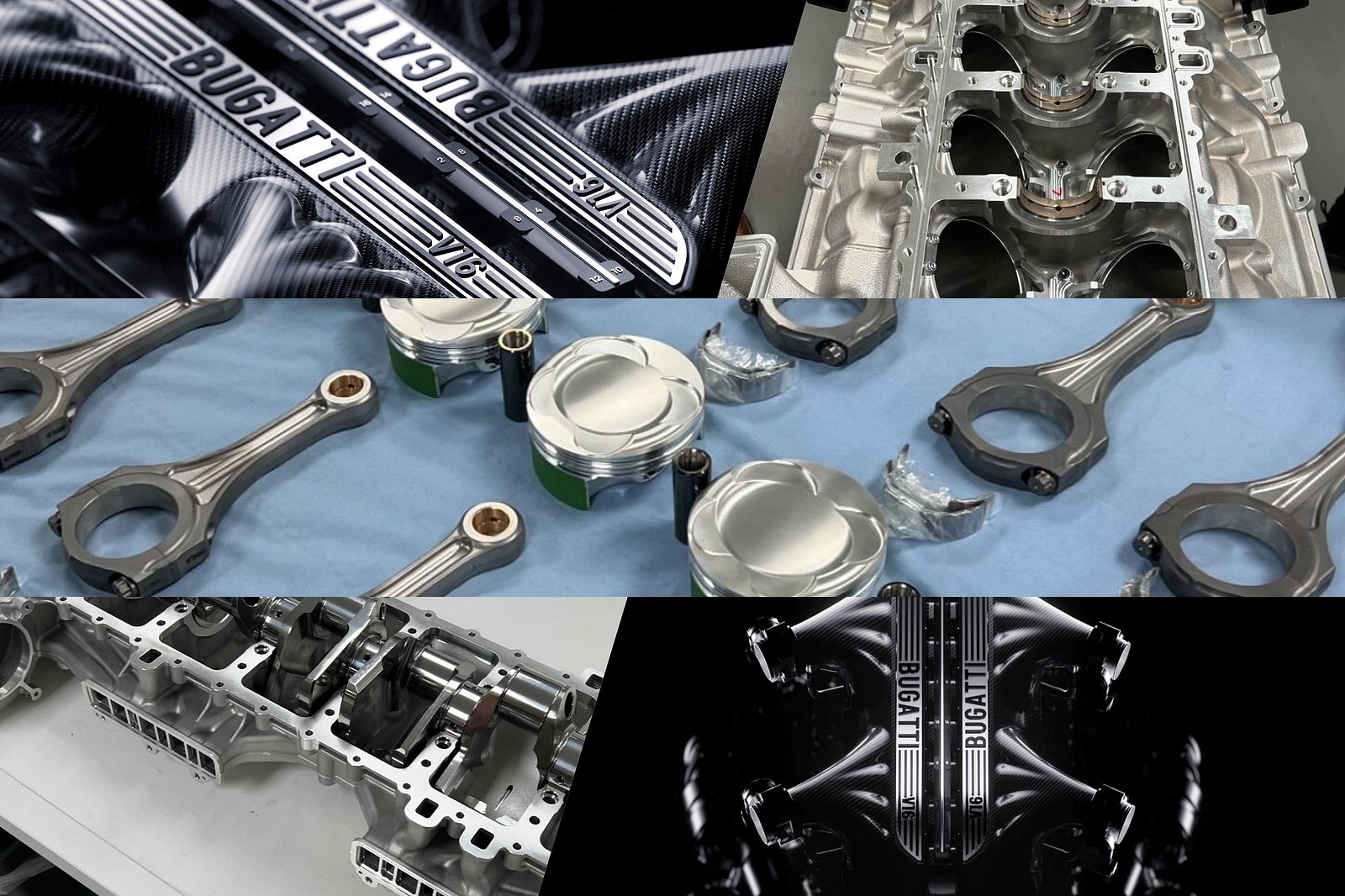
In the Facebook post’s comments section showcasing the developmental engine components, Mr. Rimac was presented with a challenge in his native Croatian: “We want to witness 1000 hp n/a and 1000 hp electric.” Despite the seemingly outrageous request, the composed CEO replied with composure, “You are skilled…”
Evidence supports the circulating speculations of Cosworth’s involvement in the development process. The responsibility of creating the engine will be contracted to a reputable expert in the industry, indicating that the larger Volkswagen conglomerate is not directly involved in producing a standalone engine with limited usage. Rather, it will be closely linked to the production of an exceptionally high-performance electric powertrain system, designed by the specialists who crafted the Nevera.
How can this tremendous advancement by experts generate profit? To understand this, we need to go back to the grapevine, which seems highly credible – as reported by The Supercar Blog, the Chiron’s successor will surpass the production numbers of its predecessors, with only 250 units to be manufactured, priced at over $5 million each. This appears plausible to us.
